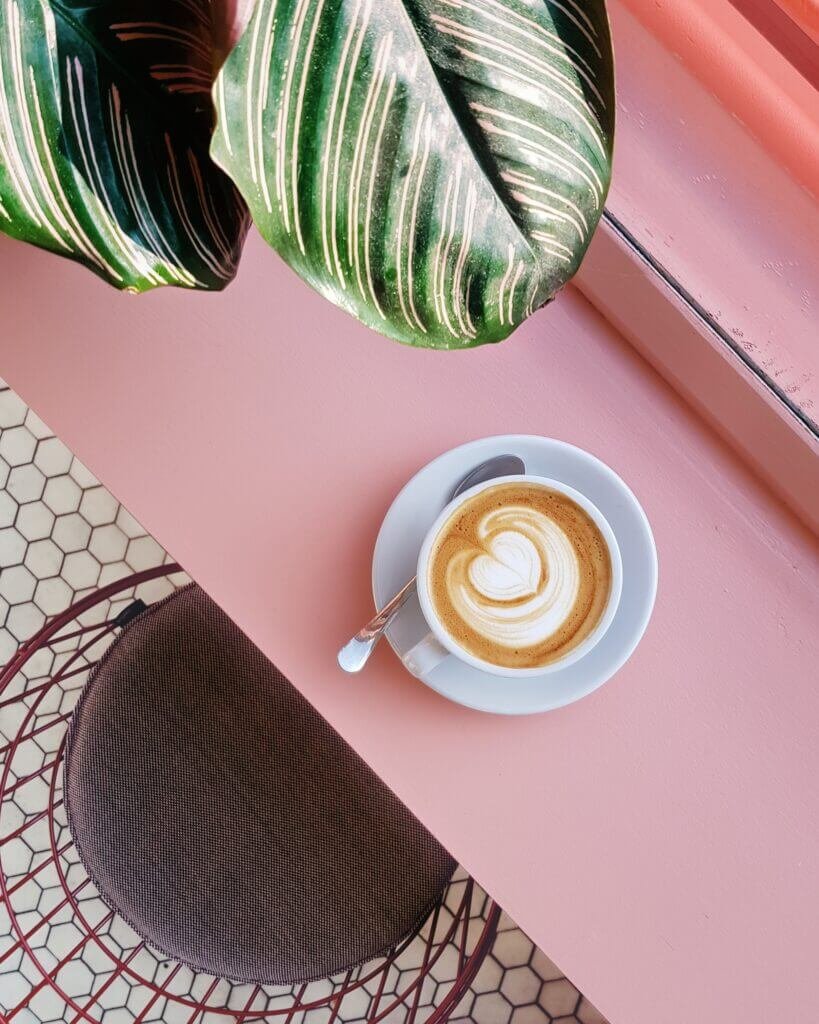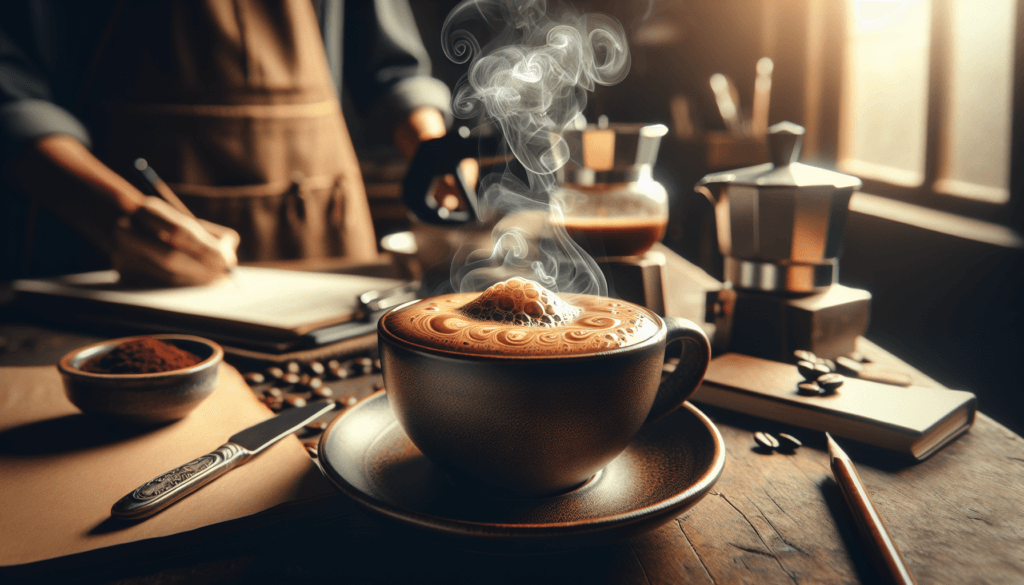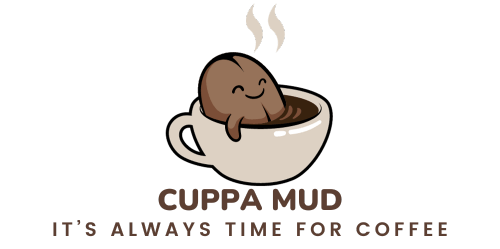You, Coffee Lover Extraordinaire, are about to embark on a delightful journey through the world of coffee. From the moment you take that first sip in the morning to the last comforting drop after a long day, coffee has become an indispensable part of your life. But with so many varieties out there, how do you determine which is the best? Fear not, as this article will guide you through the enchanting realm of coffee beans, revealing the secrets behind the finest and most tantalizing varieties to suit every discerning palate. Prepare to awaken your senses and discover the brew that will take your coffee experience to new heights.

Different Types of Coffee Beans
When it comes to coffee, there are several different types of coffee beans that you can choose from. Each type has its own unique flavor profile, origin, and growing conditions. In this article, we will explore the different types of coffee beans and provide you with a comprehensive guide to help you find your perfect cup of joe.
Arabica Coffee
Arabica coffee is widely regarded as the highest quality coffee available. It is known for its rich, complex flavor profile that includes notes of fruit, chocolate, and caramel. Arabica beans have a lower acidity level compared to other types of coffee beans, making it smoother and more enjoyable to drink.
Arabica coffee originated in Ethiopia and is now grown in various countries around the world, including Colombia, Brazil, and Ethiopia itself. These beans thrive in high-altitude regions with a mild climate, making them particularly suitable for cultivation in mountainous areas.
There are many popular varieties of Arabica coffee, each with its own unique characteristics. Some of the most well-known varieties include Ethiopian Yirgacheffe, Colombian Supremo, and Brazilian Santos. Each variety offers a distinct flavor profile that coffee enthusiasts can appreciate.

Robusta Coffee
In contrast to Arabica coffee, Robusta coffee is known for its strong and bold flavor profile. It has a higher caffeine content and is often described as having a more bitter taste compared to Arabica. Despite its boldness, Robusta coffee is still enjoyed by many coffee lovers who appreciate its unique characteristics.
Robusta coffee originated in West Africa and is grown in countries such as Vietnam, Brazil, and Indonesia. Unlike Arabica beans, Robusta coffee plants can thrive in lower-altitude regions and are more resistant to diseases and pests.
Popular varieties of Robusta coffee include Vietnamese coffee, Indonesian Sumatra, and Brazilian Conilon. These varieties offer a diverse range of flavors, from earthy and nutty to bold and intense, catering to different preferences.
Liberica Coffee
Liberica coffee is one of the rarest and lesser-known types of coffee beans. It is known for its distinctive flavor profile, characterized by smoky and woody notes. Liberica coffee has a unique aroma that sets it apart from other types of coffee, making it a favorite among those seeking something truly different.
Liberica coffee originated in West Africa, specifically Liberia, hence its name. It was then cultivated in the Philippines during the late 19th century when coffee rust disease devastated the Arabica crop. The growing conditions required for Liberica coffee are more specific and limited compared to Arabica and Robusta, resulting in its rarity.
Due to its limited cultivation, Liberica coffee is not as widely available as Arabica or Robusta. However, it is gaining popularity among specialty coffee connoisseurs who appreciate its distinctive taste and unique qualities.

Excelsa Coffee
Excelsa coffee is often classified as a sub-variety of Liberica coffee, but it has its own unique characteristics that differentiate it from its parent variety. It offers a complex flavor profile that combines fruity and earthy notes with a hint of tartness. Excelsa coffee has a unique ability to bring balance and complexity to blended coffee varieties.
Excelsa coffee is primarily grown in Southeast Asia, including countries like Vietnam and the Philippines. It requires specific growing conditions and careful cultivation to reach its full potential. Compared to other types of coffee beans, Excelsa coffee is less common and may be more challenging to find in mainstream coffee shops.
One distinguishing feature of Excelsa coffee is its unique shape. The coffee beans are elongated, resembling the shape of traditional coffee beans rather than the typical oval shape of Liberica and other beans. This distinctive feature adds to the allure of Excelsa coffee for coffee enthusiasts who appreciate its uniqueness.
Single-Origin Coffee
Single-origin coffee refers to coffee that is sourced from a single geographic location, such as a specific country, region, or even a particular farm. This coffee is highly regarded by coffee lovers because it showcases the distinct flavors and characteristics of the specific origin.
One of the primary benefits of single-origin coffee is traceability. By knowing the origin of the coffee beans, you can gain insights into the growing conditions, farming practices, and processing methods that contribute to the final flavor profile. This transparency allows for a deeper appreciation of the coffee’s unique qualities.
There are many popular single-origin coffees available, each with its own distinct flavor profile. Some examples include Ethiopian Sidamo, Costa Rican Tarrazu, and Guatemalan Antigua. These coffees offer a range of flavors, from floral and citrusy to nutty and chocolatey, catering to different taste preferences.

Blended Coffee
Blended coffee is created by combining coffee beans from different origins to achieve a specific flavor profile. Blending allows for the creation of unique and consistent flavors that cater to a wide range of preferences. Coffee roasters and baristas carefully select and blend coffee beans to create balanced and complex flavor profiles.
One of the main benefits of blended coffee is consistency. By using a blend of different coffee beans, coffee roasters can achieve a consistent flavor profile regardless of seasonal variations or differences in individual bean characteristics. Blended coffee provides a reliable and familiar taste experience that many coffee lovers appreciate.
There are numerous popular blended coffees available, each with its own unique flavor profile. Some examples include Italian Espresso blends, Breakfast blends, and Mocha-Java blends. These blends offer a diverse range of flavors, from bold and robust to smooth and mellow, catering to different taste preferences.
Espresso Coffee
Espresso coffee is a concentrated form of coffee that is brewed by forcing hot water through finely ground coffee beans under high pressure. It is known for its intense flavor and rich body, making it the base for many popular coffee beverages such as cappuccinos, lattes, and Americanos.
When it comes to espresso coffee, the roasting level plays a significant role in the final flavor. Darker-roasted beans, such as those used in Italian-style espresso, offer a bolder and more intense flavor profile. Lighter-roasted beans, on the other hand, provide a more nuanced and delicate flavor.
There are many popular espresso coffees available, each with its own unique characteristics. Some examples include Italian Lavazza Espresso, Colombian Medellin, and Ethiopian Yirgacheffe. These coffees offer a diverse range of flavors, from rich and chocolatey to fruity and floral, enhancing the espresso experience.

Cold Brew Coffee
Cold brew coffee is a brewing method that involves steeping coarsely ground coffee beans in cold water for an extended period, typically 12 to 24 hours. This slow extraction process produces a smooth and low-acid coffee concentrate that can be enjoyed hot or cold.
To prepare cold brew coffee, you’ll need to combine the coffee grounds and cold water in a container, then allow it to steep in the refrigerator for the desired duration. Once steeped, you can strain the coffee concentrate and dilute it with water or milk to your preferred taste.
Cold brew coffee has a distinct flavor profile characterized by subtle sweetness and smoothness. It lacks the acidity and bitterness commonly associated with traditional hot brewed coffee, making it a popular choice among those with sensitive stomachs or those seeking a refreshing alternative to hot coffee.
There are many popular cold brew coffees available, both ready-to-drink and concentrated forms. Some examples include Stumptown Cold Brew, Starbucks Cold Brew, and High Brew Cold Brew. These coffees offer a range of flavors, from chocolatey and nutty to fruity and floral, catering to different taste preferences.
Flavored Coffee
Flavored coffee refers to coffee that has been enhanced with additional flavors to create a unique taste experience. These flavors can be added during the roasting process or through the use of flavored syrups or extracts. Flavored coffee offers a wide range of options to suit different preferences and add variety to your coffee routine.
There are several methods used to flavor coffee, including adding essential oils, spices, or natural extracts to the coffee beans. This allows the coffee to absorb the flavors during the roasting process and results in a coffee that is infused with the chosen flavor.
Flavored coffee has become increasingly popular as it provides an array of options to suit different taste preferences. Some examples of popular flavored coffees include Hazelnut, Vanilla, and Caramel. These flavors add a delightful twist to your coffee, enhancing the overall taste experience.
In conclusion, the world of coffee offers a vast array of options when it comes to flavors and varieties. Whether you prefer the rich and complex flavors of Arabica or the bold and intense taste of Robusta, there is a coffee bean that suits your taste preferences. Whether you opt for single-origin or blended coffee, espresso or cold brew, flavorful varieties or traditional roasted coffee, the choice is yours. So go ahead, explore and experiment with different types of coffee beans to find your perfect cup of joe. Happy brewing!


